How to choose the right filter for the pool: a comparative overview of 3 filtering devices
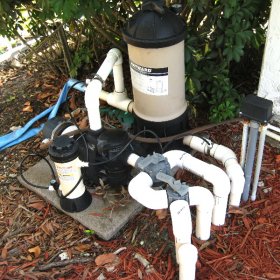
Even at the stage of designing the pool, it is planned to install one of its main elements responsible for the beauty and purity of water. This is a filter for the pool. Without it, the water will become turbid, deteriorate, simply bloom, and hardly anyone will want to swim in such a pool. Properly selected (taking into account the volume of the pool) high-quality filter will increase the life of the pool, as well as provide savings on water disinfection. Let's understand the tricks of selecting an aggregate.
The principle of operation and types of filtering devices
The filter for the pool is a device specifically designed to purify water in the pool and to maintain its purity for a long time. According to sanitary standards, water filtration in the pool should be carried out 2-3 times daily, regardless of whether or not they bathed in it. The principle of operation of the filter is quite simple: with the help of a pump, contaminated water from the pool is passed through the intakes and passes through the filter unit. Pure water already gets thereafter back into the pool.
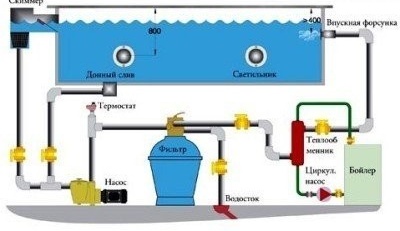
Water filtration is the most reliable method of purifying water in the pool from solid impurities, therefore, the presence of a filter installation is mandatory for its operation
Modern pool filters filter out both large particles and microscopic inclusions. The degree of purification depends on the type of filter used and on the filtration rate. At a lower cleaning rate, better liquid purification occurs. The filter unit is selected taking into account the type and size of the pool.
In the modern market, mainly three types of treatment plants are offered:
- sand;
- cartridge;
- diatoms.
In all cases, water from the pool is subjected to mechanical filtration.
Option # 1 - Sand Filter
This is a device that does not differ in structural complexity: the water in it is purified using fine calcined quartz sand. This is actually a regular sand-filled tank, into which water is pumped. It is possible to install a multilayer filter of gravel, quartz sand and carbon anthracite. There are also variations with glass and silver sands in the filters. Sand water treatment is the fastest. The cost of such a filter is low, but its drawback is its impressive size and high weight, so these models are mainly used for filtering water in stationary public pools. For washing water in inflatable and frame pools, cartridge filter models are used.
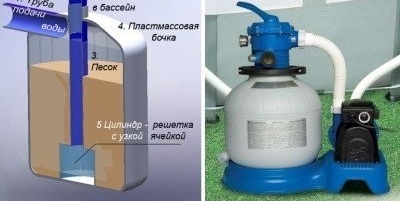
In the sand filter, the filtering filling is quartz sand of different fractions with cubic sand grains that trap dirt particles
Option # 2 - cartridge filter
This option contains propylene membranes as filter elements.They require frequent flushing and replacement, but are inexpensive, therefore, in the event of clogging or breakage, they are easily replaced. Cartridge filters, unlike sand filters, are small, they can be installed outside the pool and masked so as not to spoil the appearance. When choosing such an installation, the main criterion is the volume of water passed per hour (filter performance). This parameter is indicated by the manufacturer in the instructions or on the packaging.
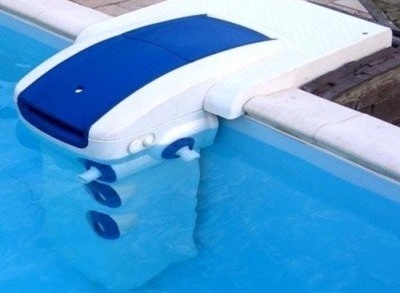
Cartridge filters are usually used to filter water in small and medium-sized pools. If the cartridge is clogged, it is replaced with a new one.
Option # 3 - Diatom Filter
This option is the most expensive, but also the highest quality filter for the pool. It consists of several cartridges. The filter medium inside this device is diatomaceous earth (microscopic particles of skeletal mass of fossils). The presence of several cartridges provides a high degree of purification: the claimed purification fineness is several micrometers. Such filter systems neutralize most microbes.
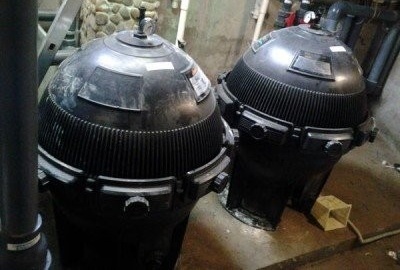
The diatom filter works on the basis of soil with silica. This is a rock formed from petrified shells of yellow-brown or gray algae
This filtering method allows you to clean the pond from particles smaller than 1 micron. By applying this purification, the use of chemicals can be reduced by 80%. In addition, it is believed that water that has been filtered by this method has anti-aging and healing properties. Such water is popularly called silicon. Bathing in such a pool improves the functioning of the immune system, the condition of hair, skin and nails. In such water, the miraculous properties of melt, spring and silver water are combined.
How to choose a suitable unit?
The basic rule for high-quality cleaning is as follows: water from the pool must pass through the filtration unit at least three times a day. The power of the pump naturally depends on the volume of the pool. It should be borne in mind that with an increase in pump power, the rate of passage of water through the filler increases, and this leads to a decrease in the quality of its cleaning. Therefore, a sufficiently large tank is selected for a pump with greater power and a container with a filler.
How to find out the filter performance? Very simple: we multiply by 2.5 the total volume of the reservoir and divide by 10 - a unit with a capacity of 2.5 cubic meters per hour is required by the volume of the pool of 10 tons. Take, for example, a pool measuring 6x4x4m with a volume of 60 tons. We do the calculations: 60 x 2.5: 10 = 15 m3 / hour. This is exactly the kind of power a filter unit should have for a given pool.
Rules of operation and maintenance of equipment
During operation, the filter becomes clogged; therefore, to remove dirt, it is recommended to backwash it once every ten days. There is one more problem. For example, sand filters accumulate lime, even if backwashing is regularly performed. Because of this, the efficiency of the filter is reduced, and sometimes complete blockage can occur.
To avoid such situations, several times a year it is necessary to clean the filter of lime deposits, using special tools. How it's done? Before the backwash, 0.5 kg of special lime dissolving agent is added to the skimmer drain channel and the backwash mode is activated. The pump is turned off immediately as soon as the product has entered the filter. Leave it there to dissolve the lime for several hours. Then a long backwash is carried out. Filter sand is recommended to be changed once every 2-3 years.
Filtering the pool is very important to keep it clean and to prevent water contamination, so you should not save on the filter. And in order to choose the model that is most suitable for a particular pool, it is better to consult with specialists who will help make the right choice.

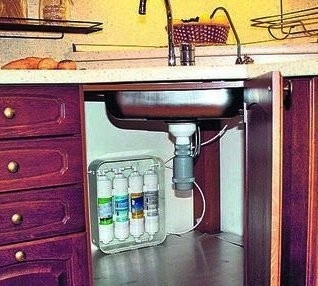
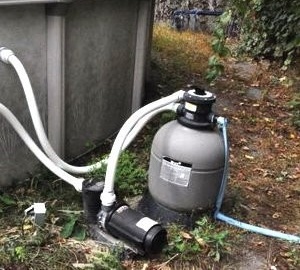
4 comments